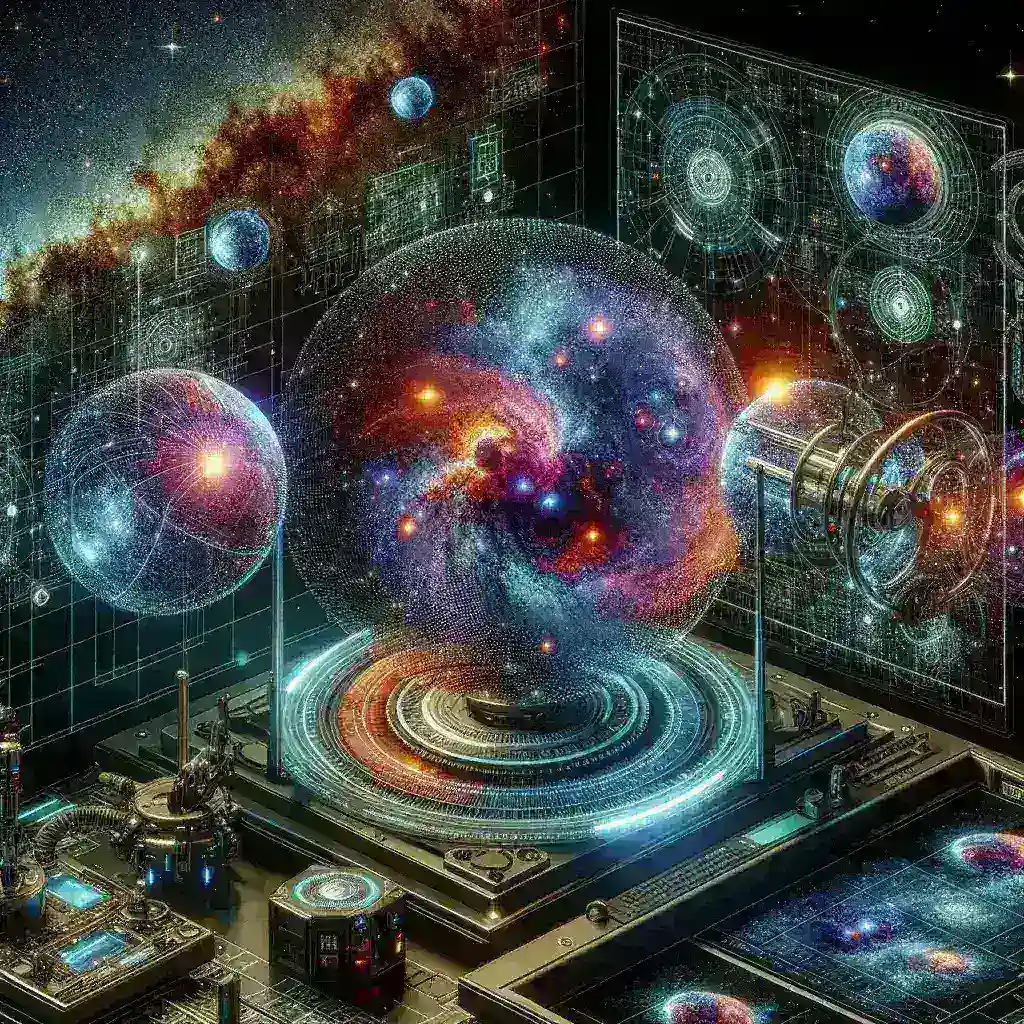Introduction to AI in Astronomy
The integration of artificial intelligence (AI) in various fields has brought about remarkable advancements, and astronomy is no exception. In recent years, AI has been harnessed to enhance our understanding of the universe, particularly in mapping nearby star clusters. This article delves into the innovative AI astronomy tools that are creating holographic maps of these celestial structures, and the implications of these developments for both researchers and enthusiasts.
Understanding Star Clusters
Star clusters are groups of stars that are bound together by gravity. They are essential for understanding stellar evolution and the dynamics of galaxies. Two primary types of star clusters exist:
- Open Clusters: These are loosely bound groups of a few hundred stars, often found in the spiral arms of galaxies.
- Globular Clusters: These are densely packed spheres containing thousands to millions of stars, typically found in the halo of galaxies.
Mapping these clusters provides vital insights into stellar formation, age, and chemical composition.
The Role of AI in Astronomy
Artificial intelligence has transformed various astronomical studies, especially in data processing and analysis. Traditional methods of mapping star clusters can be time-consuming and labor-intensive. However, AI accelerates these processes by:
- Data Analysis: AI algorithms can analyze vast amounts of data from telescopes and other astronomical instruments, identifying patterns and anomalies.
- Predictive Modeling: By utilizing machine learning, AI can predict star formation processes and the potential evolution of star clusters.
- Image Processing: AI enhances images captured by telescopes, improving resolution and detail, which is crucial for accurate mapping.
Holographic Mapping: A New Frontier
Holographic mapping is a cutting-edge technique that allows astronomers to visualize star clusters in three dimensions. Unlike traditional 2D maps, holographic maps provide a more realistic representation of the spatial distribution and density of stars within a cluster.
How Holographic Maps are Created
The creation of holographic maps involves several steps:
- Data Collection: Telescopes capture extensive datasets of light and radiations emitted by stars, which are subsequently fed into AI systems.
- Data Processing: AI algorithms process this data, filtering out noise and enhancing important features.
- 3D Reconstruction: Using the processed data, holographic imaging techniques reconstruct a three-dimensional model of the star cluster.
Advantages of Holographic Mapping
Holographic maps offer numerous advantages over traditional mapping techniques:
- Enhanced Visualization: Astronomers can observe star clusters from different angles, which aids in understanding their structure.
- Improved Data Interpretation: The 3D representation allows for more detailed analyses of stellar interactions and evolutionary processes.
- Educational Tools: Holographic maps serve as valuable educational resources for students and the public, fostering interest in astronomy.
Case Studies and Examples
Several prominent astronomical projects have successfully utilized AI and holographic mapping techniques:
- The Gaia Mission: The European Space Agency’s Gaia mission aims to create the most precise 3D map of our galaxy. By employing AI, Gaia processes data from over a billion stars, providing unprecedented detail in star cluster mapping.
- Next-Generation Telescopes: Upcoming telescopes, such as the James Webb Space Telescope, are designed with advanced AI capabilities to produce holographic maps of distant star clusters.
Challenges and Limitations
Despite the remarkable advancements in AI astronomy tools, challenges persist:
- Data Overload: The sheer volume of data generated can overwhelm existing processing capabilities, necessitating further innovations.
- Algorithm Reliability: AI algorithms require rigorous testing to ensure accuracy in interpretation and prediction, especially as they deal with complex astronomical phenomena.
The Future of AI in Astronomy
The future of AI in astronomy looks promising. As technology continues to evolve, we can expect:
- More Detailed Maps: Future holographic maps will likely include even finer details, revealing intricate structures within star clusters.
- Global Collaborations: International partnerships will enhance data sharing and collaborative research, accelerating the pace of discoveries.
Cultural and Societal Impact
The advancements in astronomy facilitated by AI and holographic mappings transcend scientific boundaries. They foster a deeper appreciation for our universe, inspire future generations of scientists, and encourage public engagement in space exploration. The visuals created through holographic mapping can ignite curiosity and a sense of wonder among the general populace.
Conclusion
The advent of AI astronomy tools creating holographic maps of nearby star clusters represents a significant leap forward in our understanding of the cosmos. As we harness the power of artificial intelligence, we continue to unlock the mysteries of the universe, paving the way for groundbreaking scientific discoveries and a richer educational experience. The future is bright for astronomy, thanks to the integration of advanced technologies that make the cosmos more accessible and understandable than ever before.

Leave a Reply